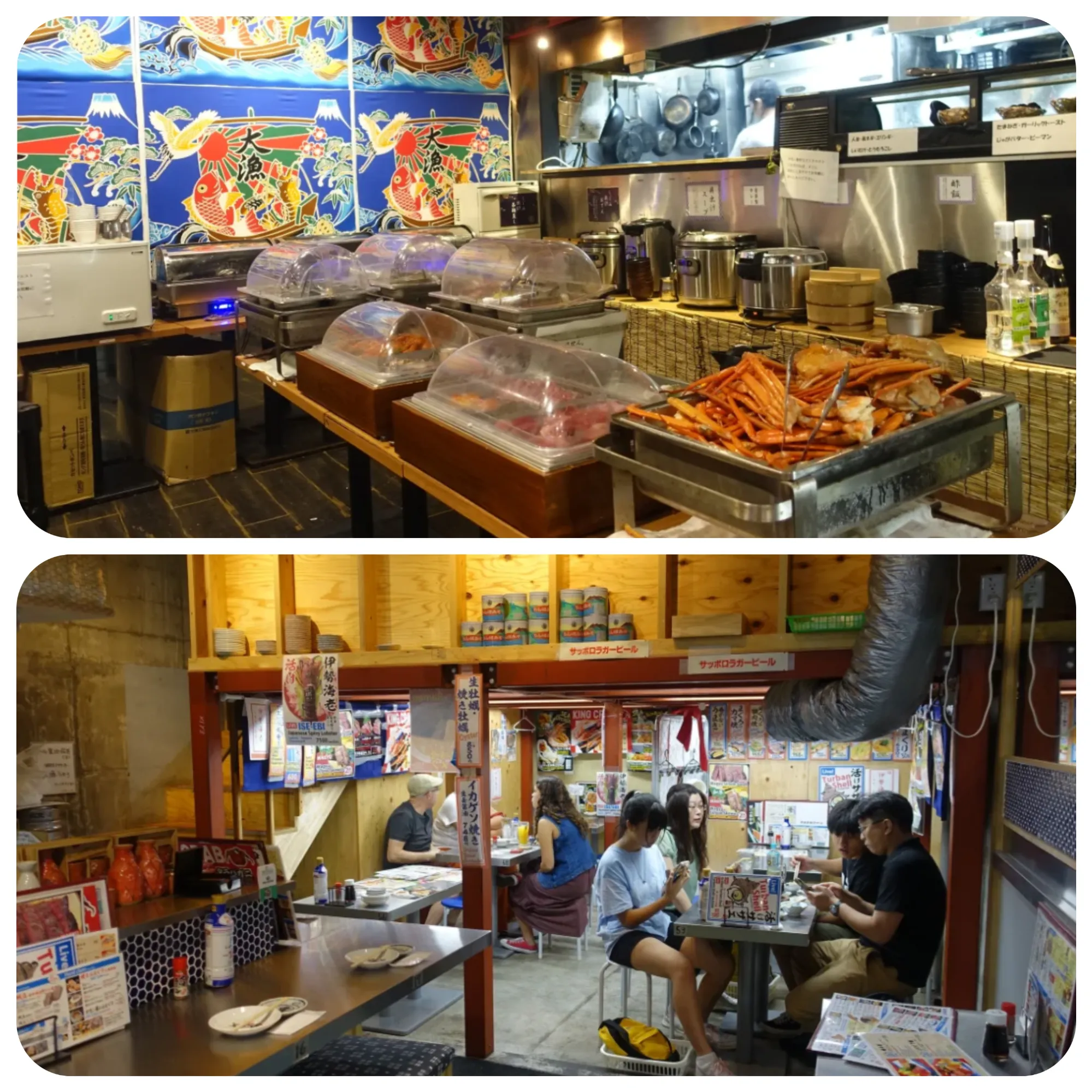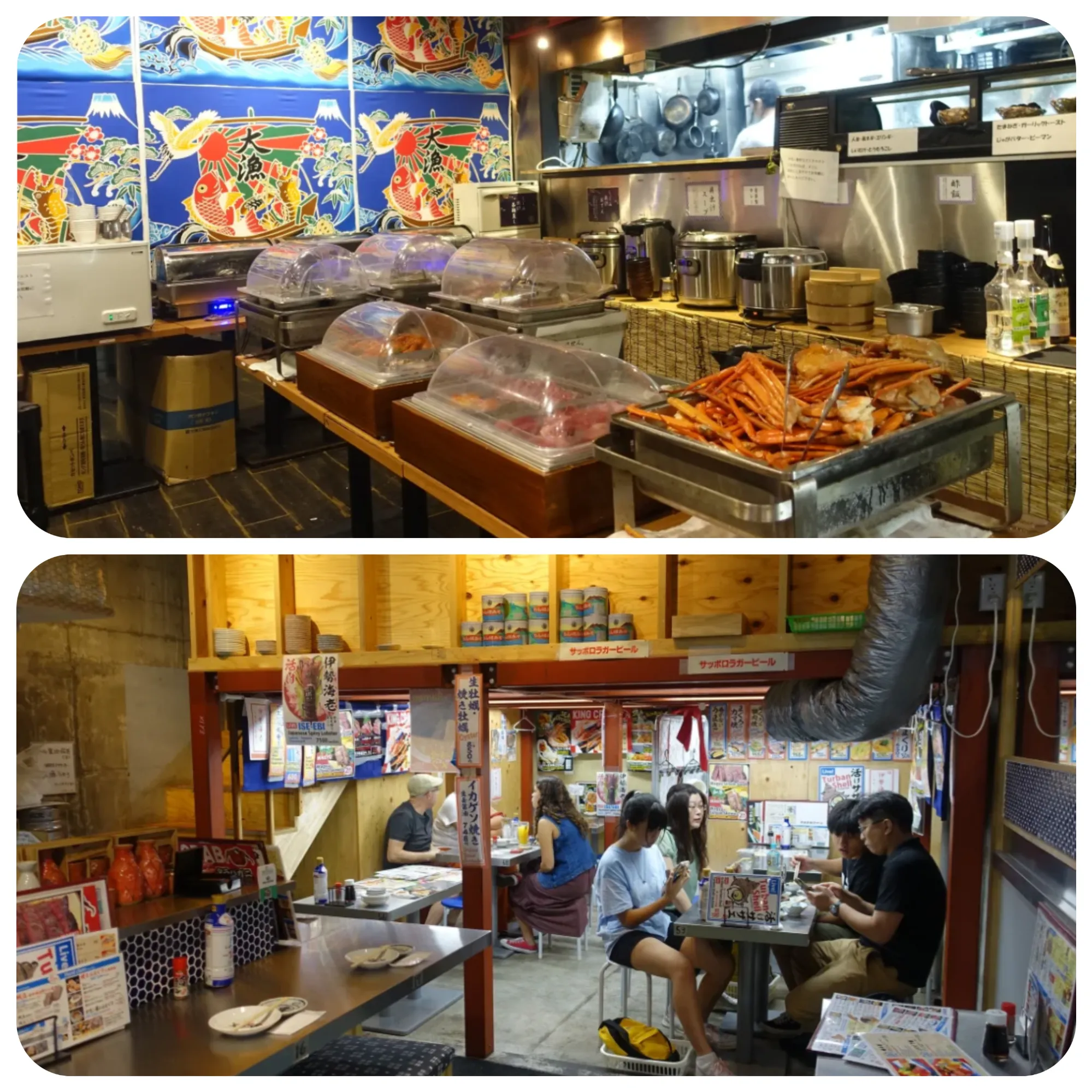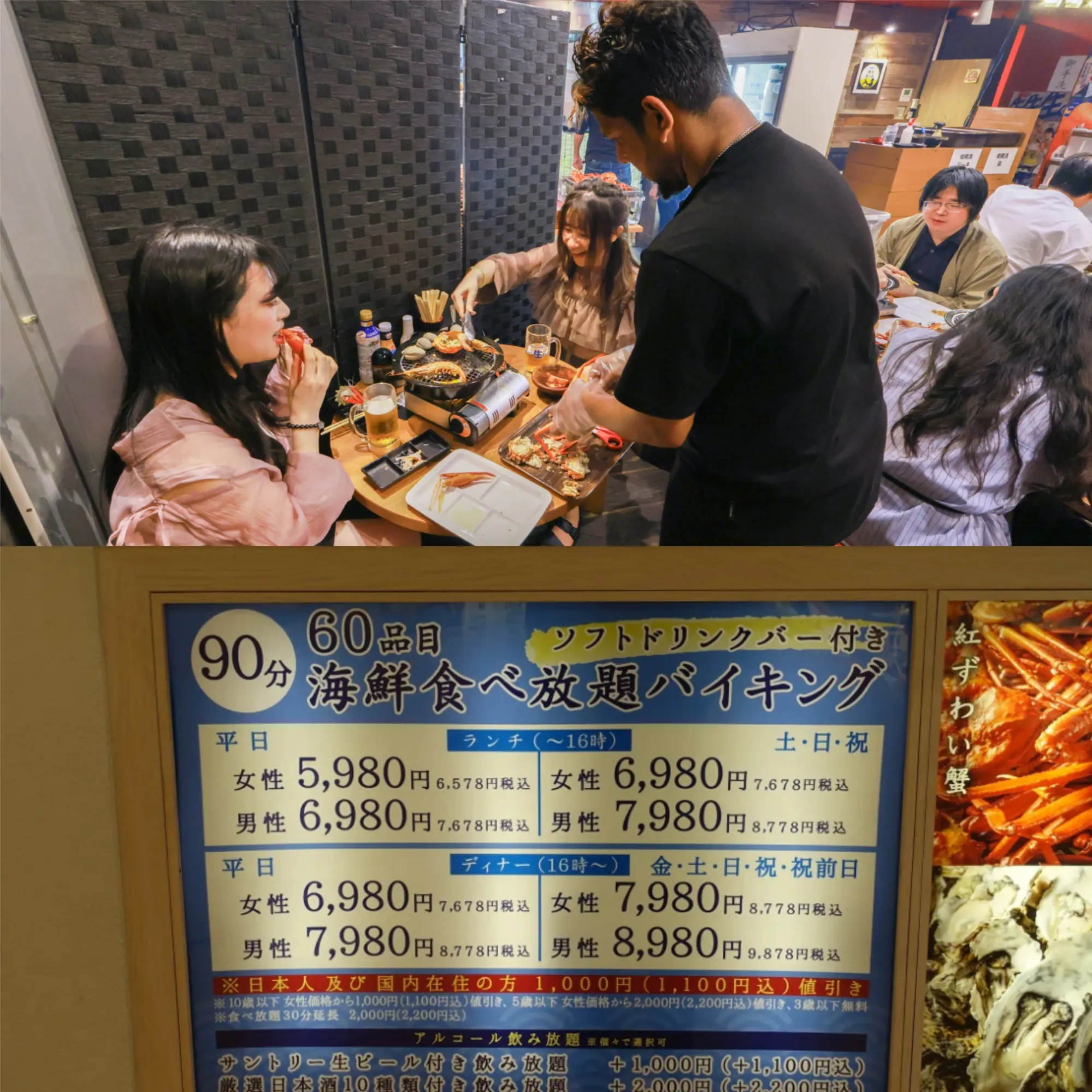
Japanese Restaurants: Locals Pay Less, Not Tourists Paying More

Japanese restaurants are gaining attention for offering different prices to locals and tourists, but they clarify: tourists aren’t being charged more, locals are simply getting discounts.
In bustling Tokyo, restaurants like Tamatebako, an all-you-can-eat seafood grill, have implemented pricing strategies to manage the influx of tourists. Shogo Yonemitsu, the restaurant’s owner, explains that while tourists aren’t charged extra, locals receive a 1,000 yen ($6.50) discount. The reason? Managing the costs of catering to a larger, more diverse clientele. Yonemitsu says, “It’s not discrimination, but a necessity due to our capacity to serve.”
Japan, which reopened fully to international visitors in 2022 after pandemic restrictions were lifted, has seen a boom in tourism, largely fueled by a weak yen. In the first half of 2024, over 17.78 million tourists visited Japan, putting it on track to break the 2019 record of 31.88 million. While this has been positive for the economy, it has led to challenges with overtourism.

To combat these issues, some areas in Japan have started imposing tourist taxes and visitor caps. In fact, a resort town near Mount Fuji recently took drastic measures by installing a net to block views of the famous mountain after tourists caused traffic and litter problems.
Other regions are getting creative with pricing. In Tokyo’s Tsukiji district, an izakaya owner offers lobster ramen for tourists at 5,500 yen ($35)—four times the price of the shrimp ramen locals enjoy. According to hospitality expert Elisa Chan, differential pricing helps balance the surge in tourist demand, ensuring local customers don’t feel neglected.
Tourists like Australian Phoebe Lee see the value in paying a little more, understanding that it supports local businesses and preserves authentic Japanese culture. While Japan isn’t yet fluent in catering to tourists in multiple languages, businesses are striving to find ways to manage the growing number of visitors without sacrificing local charm.
This approach allows Japanese restaurants to thrive amid growing international attention while maintaining a balance between tourists and loyal locals.






